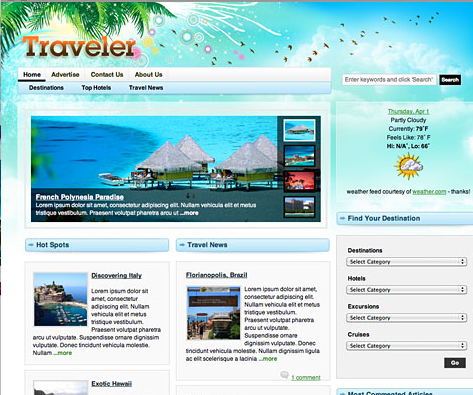Travel is an interesting beast, where there’s no such things as “fixed” prices for airlines, hotels, tourist attractions and more. As people become more weary travelers, they begin to learn the tricks, hacks and ways to get the best deals. They start traveling during the off season, asking for discounts instead of assuming there aren’t any, and over time can save hundreds or even thousands of dollar per trip.
However, even the most accomplished traveler can fall victim to a tricky travel site. This is especially dangerous when you’re researching hotels or activities abroad and don’t have any footing for perspective. There’s sometimes a fine line between following the best web design trends and fooling visitors into thinking a place or property is something it’s not.
Here are the most common ways travel sites trick consumers, and how to spot red flags:
1. Fisheye lens
One of the easiest ways to make anything from a hotel room to a pool look larger and more luscious is to use a fisheye lens, which is now available on most smartphone cameras. Check out these examples from Tutus Lens to get an idea of just how much manipulation there can be. To really understand what’s on hand, peruse Flickr or another photo sharing site to get “real” photos from others who have been there.
2. Review bombing
Of course a website is only going to include glowing reviews and testimonials when it’s the business’ site, but what about allegedly third party sites? If all you see is five stars with nary a complaint in sight, be careful. In fact, review bombing is so common that Consumerist has created a list of warning signs. There’s definitely truth in “too much of a good thing.”
3. A confusing user interface
There are two possible reasons for a confusing user interface (where you can’t find a concrete price, etc.): Either the web designer is horrible and it’s a mistake, or the site is intentionally trying to hide something. Always check the reputability of a site before entering any information, and make sure you have a clear idea of the fees, final price, and dates before entering your payment information.
4. There aren’t any genuine photos
If it’s clear that stock photos are being used, that’s a big sign something’s wrong. Any travel-centric site should have plenty of photos and be proud to show them off. If they don’t have a single one (or if it’s of a view from the property and not the property itself), start running.
